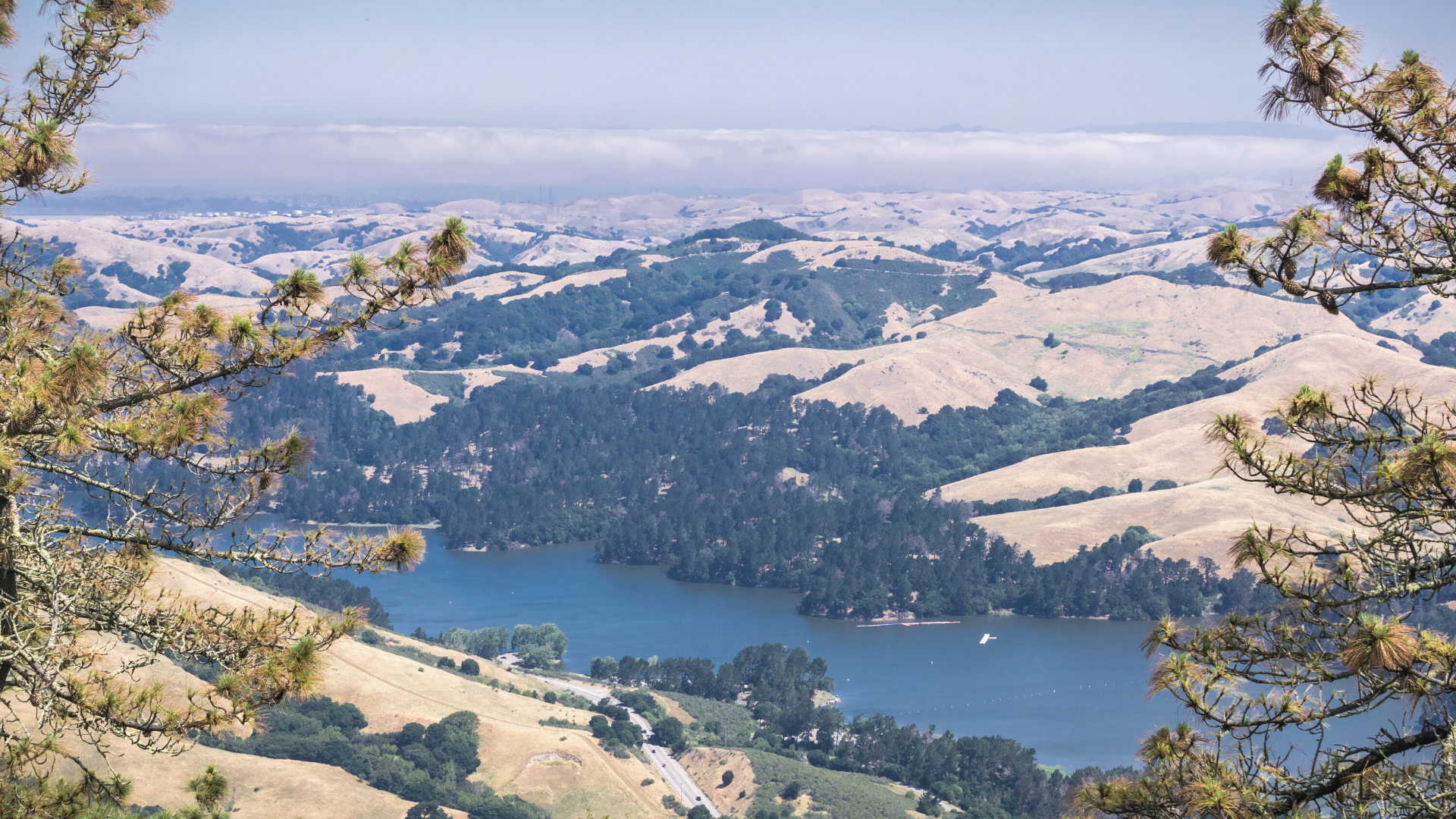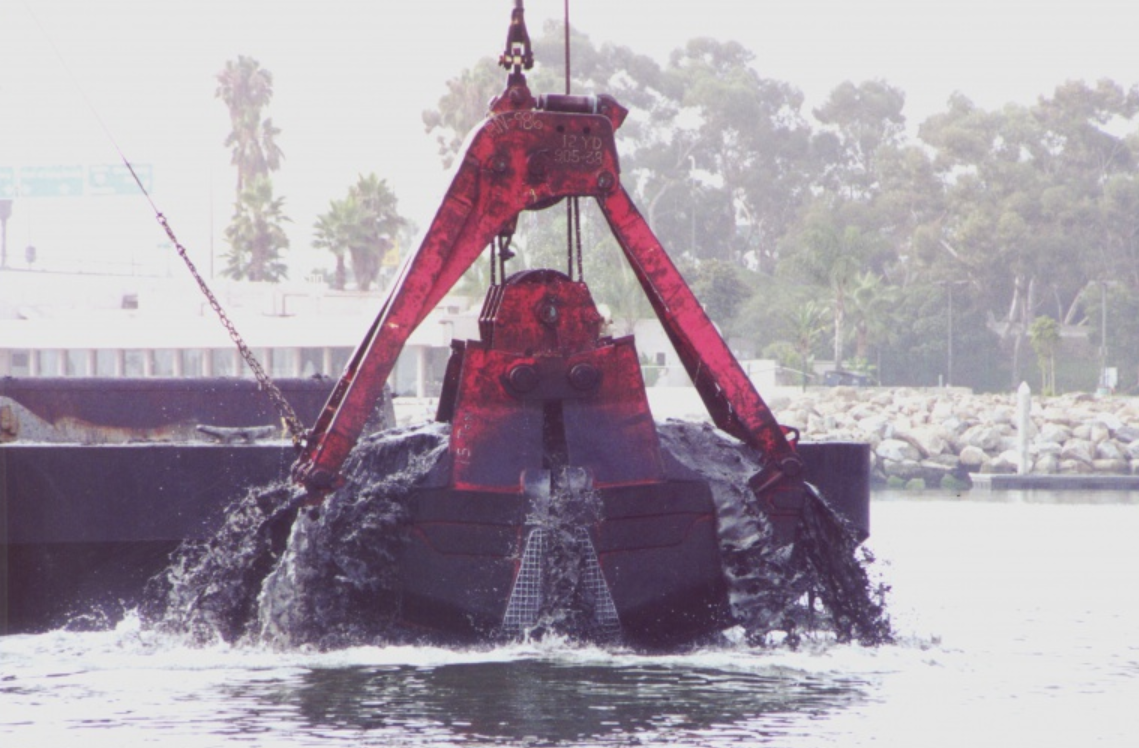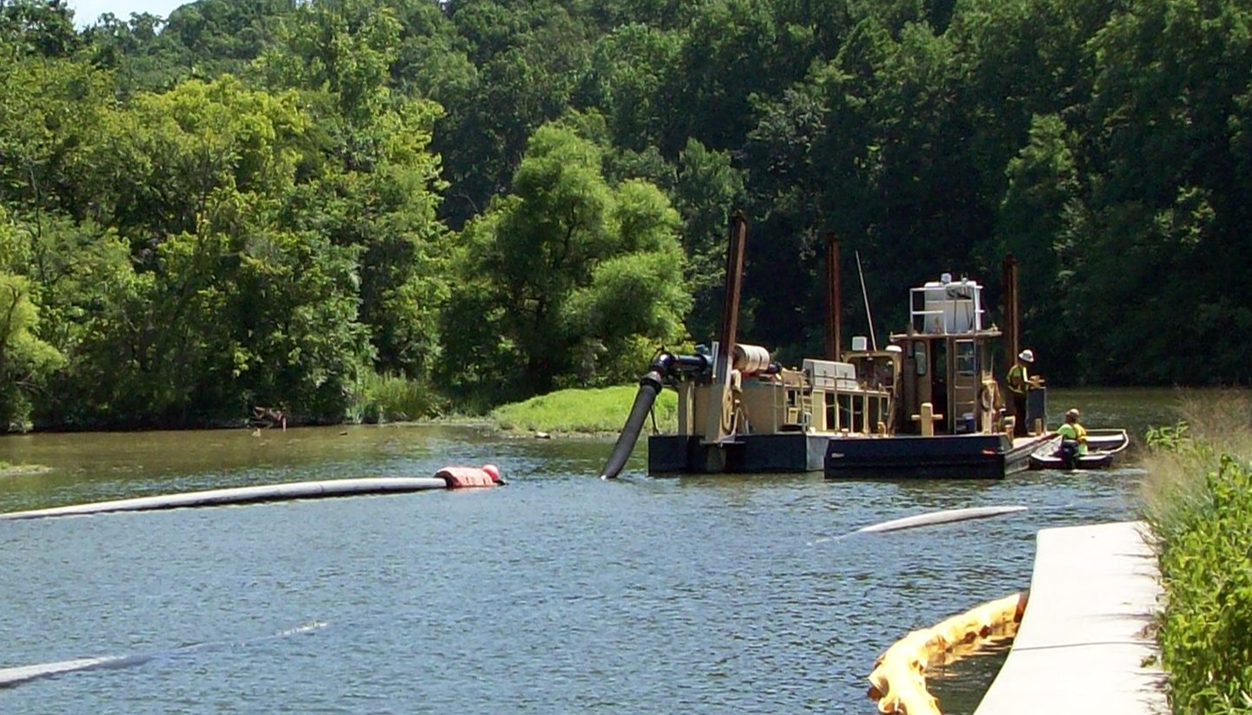Managing Sedimentation Impacts to Water Infrastructure in Wildfire Country: Part 1
California’s development continues to be shaped by water, a vital resource to the state’s urban centers, farms, industry, recreation, and environmental preservation. At the same time, climate change is driving more frequent and larger wildfires in the state, resulting in increased erosion and sedimentation of waterways, including water conveyance channels, reservoirs, and other water resources infrastructure.

Wildfires in California Canyon increase erosion, leaving soils exposed without any natural filtration systems.
As wildfires burn away vegetation and ground cover, soils are left exposed, void of the natural protective cover that normally exists, and thus more prone to erosion and soil movement resulting from precipitation. These soils are more likely to enter creeks and streams, migrating downstream to water conveyance channels and reservoirs. Increased prevalence and magnitude of wildfires means increased potential for sedimentation effects on streams. In addition, wildfires can increase the amount of organic material (e.g., burnt vegetation) and inorganic material (e.g., fire retardants) deposited in streams, conveyances, and reservoirs.

San Pablo Reservoir, in Contra Costa County, is one of the major open–cut terminal water storage reservoirs where many affected Northern California creeks and streams migrate to.
Dredging or sediment excavation can restore the depth and capacity of reservoirs and water conveyance channels that are affected by sedimentation. For California water resources managers, it is important to recognize that sediment management will become increasingly necessary to ensure water conveyance infrastructure and reservoirs are adequately maintained as the state continues to see more, and more severe, wildfires. Without plans for sufficient sediment management and removal, water and irrigation districts may be less able to efficiently obtain the water that they need.
Key Considerations for Your Next Dredging Project
If you work in water resources management in California, you have probably experienced the need to dredge water conveyance channels. Dredging projects are not one size fits all, and determining the most appropriate approach for each project will likely depend on a few key factors.
Dredging Method
The most common dredging methods are mechanical and hydraulic. Mechanical dredging uses a crane or excavator, positioned on land or a barge, that grabs sediment with a mechanical bucket and places it into upland areas, scows, or other containers. Hydraulic dredging uses a suction head to suck up the sediment and hydraulically pump it to a placement location. The amount of land needed for dredged material placement depends on the dredged sediment volume and water content. The water content in dredged material with mechanically dredged sediment contains about 20% water, whereas hydraulic dredging has closer to 80%.
Hydraulic dredging projects require more land to ensure sufficient capacity for the water-heavy dredge slurry (a mixture of sediment and water). A major benefit of hydraulic dredging is that the site does not necessarily have to be adjacent to the dredging area, because the slurry can be pumped elsewhere, some miles away, if necessary. On the other hand, mechanical dredging entrains less water in the dredged material but may require transportation by truck or other hauling equipment to a final placement location.

Mechanical dredging bucket capturing sediments to be placed in a scow.
Disposal Options
Where to dispose of dredged sediment is a key consideration. This will depend not only on the space and proximity, but also on the dredging methodology and sediment quality. One common approach is to place dredged sediment on nearby land, where it can be made available to others for reuse, for example, as construction fill, or permanently stockpiled. For reservoirs, placing removed sediment into a sediment-starved water course downstream of the reservoir dam may also prove beneficial, if practical. Important steps when considering disposal options include evaluating the distance from the dredging area to the land used for dredged material placement.

Hydraulic suction dredge operating in a channel and hydraulically pumping sediment to its disposal location.
Location and Size of Resource to Be Dredged
Additionally, the location and size of a water resources dredging project are crucial for determining the most appropriate method. When dredging areas farther from land, either a barge-based mechanical dredge or a hydraulic dredge is likely to be required. When dredging areas are adjacent to banks or in dewatered conditions, land-based equipment may be more feasible. Finally, the last major consideration for a dredging project is the availability of contractor equipment. To be competitive, dredging contractors in the region must have access to the type of dredging equipment that will be used for that specific project.
Determining the most appropriate dredging method for any project depends on the space, proximity, type of dredging, equipment availability, and goals of the project. For California water resources managers, dredging is becoming a more routine necessity for waterways as increased incidence of wildfires spur erosion and sedimentation, among other issues. Ultimately, dredging restores capacity to water conveyance features that are critical for the successful operation of water systems and the people they serve.
Additional Resources
This article provides a very brief overview of how dredging can be used to remove and manage accumulated sediment in water infrastructure. As dredging becomes more of a necessity for waterways along the West Coast, many nonprofit professional dredging, marine engineering, and construction organizations, such as the Western Dredging Association (WEDA) and the World Organization of Dredging Associations (WODA), are working to improve reservoir sediment management in the U.S. and elsewhere.
Anchor QEA has been assisting teams of representatives from government, research, and industry on studies that are useful resources to water managers and policymakers. These include a recent white paper and webinar series from the National Reservoir Sedimentation and Sustainability Team and WEDA’s recent online panel discussion. WODA has also now devoted an international working group to exploring the issue of sediment removal from reservoirs and will be preparing similarly useful resources in the months to come.

